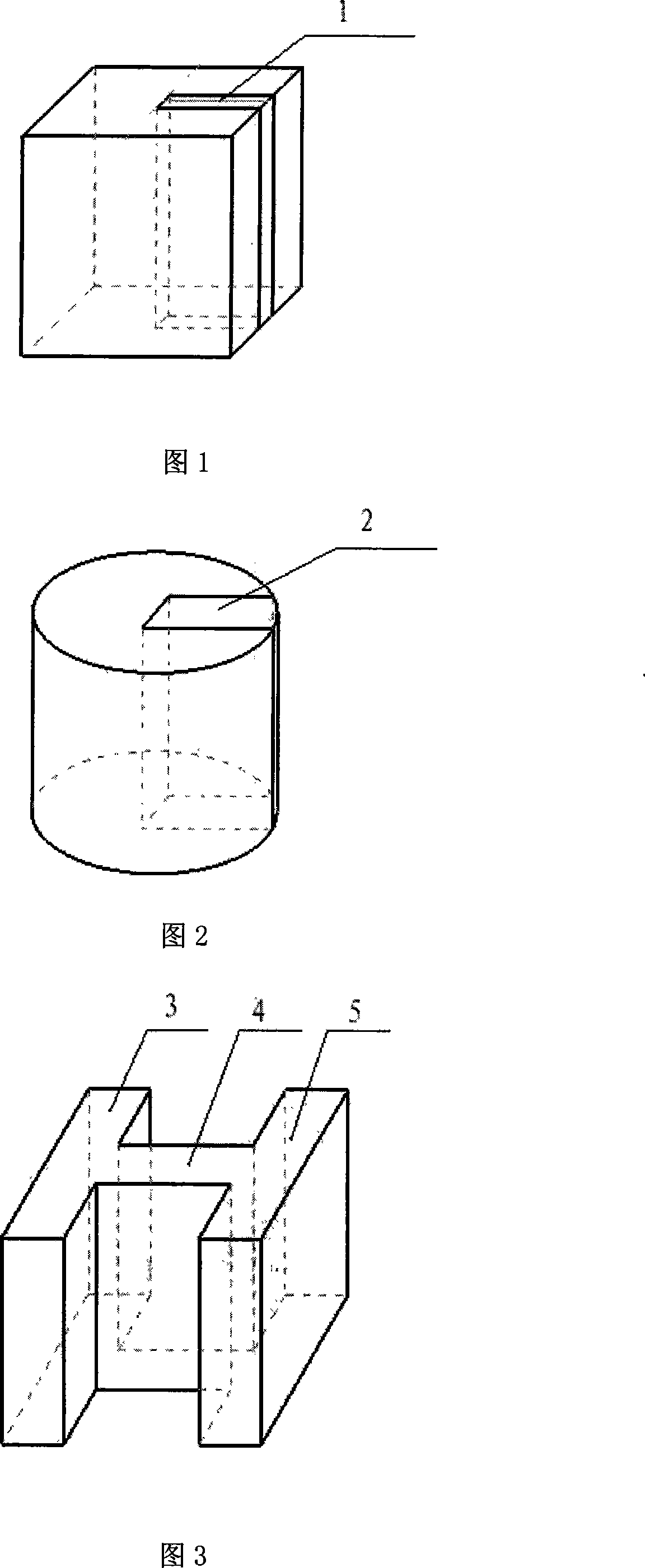In situ quantitative determination method for large-sized metallic inclusion
An in-situ quantification and inclusion technology, which is used in testing metals, preparation of samples for testing, material inspections, etc. It can solve problems such as inability to ensure consistent distribution and inability to accurately analyze the in-situ distribution of inclusions in steel.
- Summary
- Abstract
- Description
- Claims
- Application Information
AI Technical Summary
Problems solved by technology
Method used
Image
Examples
Embodiment 1
[0025] Example 1: Determination of SS400 slab inclusions, the sampling is shown in Figure 1.
Embodiment 2
[0026] Example 2: Determination of inclusions in 20MnSi rods, the sampling is shown in Figure 2.
Embodiment 3
[0027] Example 3: Determination of inclusions in Q235B H-shaped steel, as shown in Figure 3 for sampling.
[0028] The chemical composition of embodiment 1-3 steel kind is shown in Table 1:
[0029] Table 1
[0030] C(%)
Si(%)
Mn(%)
P(%)
S(%)
SS400 slab
0.17
0.12
0.40
0.025
0.01
20MnSi rod
0.21
0.65
1.55
0.045
0.045
Q235B H-beam
0.14
0.18
0.50
0.018
0.02
[0031] The method for in-situ quantitative detection of large metal inclusions, the steps are as follows:
[0032] (1) Sampling and sample preparation
[0033] For the continuous casting slabs, bars or H-beams of Examples 1-3, respectively cut 200mm long cross-sections, cut 20mm wide samples longitudinally from the surface to the core, clean the surface, coat the resin adhesive layer, and only keep The surface of the original steel is not...
PUM
 Login to View More
Login to View More Abstract
Description
Claims
Application Information
 Login to View More
Login to View More - R&D
- Intellectual Property
- Life Sciences
- Materials
- Tech Scout
- Unparalleled Data Quality
- Higher Quality Content
- 60% Fewer Hallucinations
Browse by: Latest US Patents, China's latest patents, Technical Efficacy Thesaurus, Application Domain, Technology Topic, Popular Technical Reports.
© 2025 PatSnap. All rights reserved.Legal|Privacy policy|Modern Slavery Act Transparency Statement|Sitemap|About US| Contact US: help@patsnap.com

